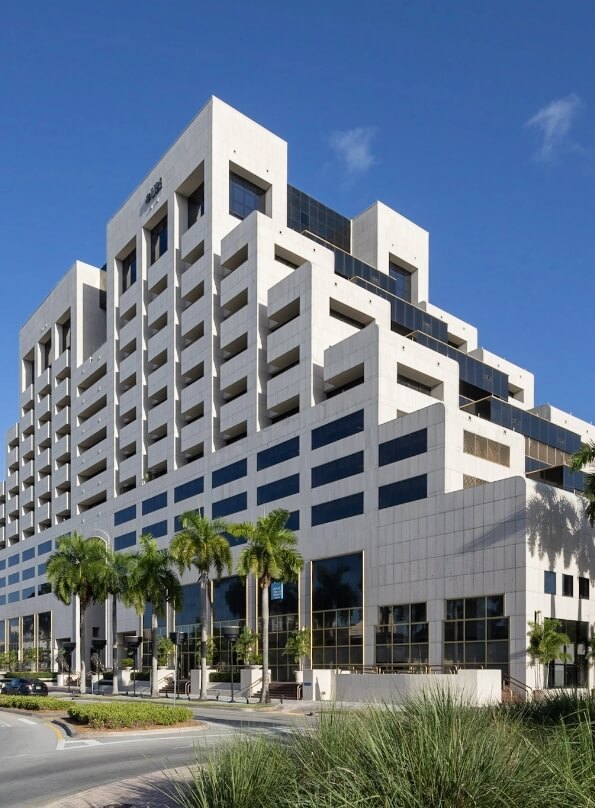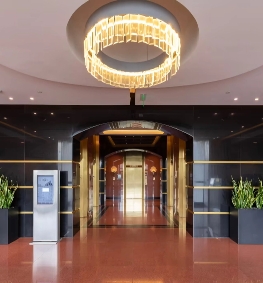Procedures
Conveniently located to serve the areas of Miami, FL


The Plastic Surgery Institute of Miami was founded with only one interest in mind: You. We are deeply committed to your health, your safety, and of course, your results. Get in contact with us to schedule your consultation today!